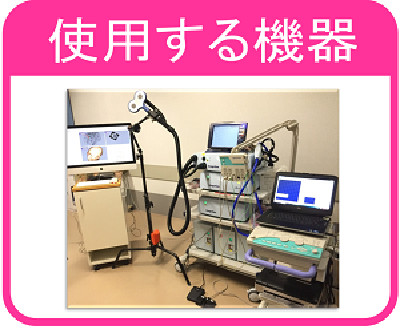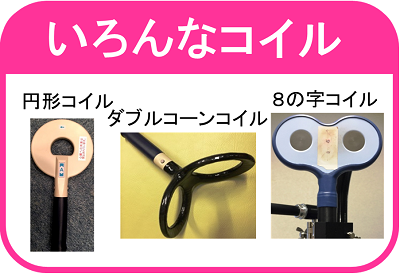The text is from here.
Department of Clinical Laboratories
Last updated on April 1, 2022.
- Overview
- Introduction of distinctive inspection departments
- Business contents and inspection contents
Overview
The laboratory of our hospital is broadly divided into two departments: the physiological laboratory and the laboratory test department.
As a test department at a hospital specializing in stroke and neurospinal diseases, we provide high-precision test results using advanced testing equipment to Medical consultation fee and provide emergency medical examinations 24 hours a day.
Introduction of distinctive inspection departments
By examining the state of the brain, we diagnose diseases and determine therapeutic effects. Of course, we make full use of specialized equipment to conduct accurate inspections backed by knowledge and skills, but not only that, we also develop new testing equipment, elucidate unknown conditions, and develop new treatments. We also provide better medical care.
We conduct specialized inspections.
Since it is a specialized hospital in the brain, various tests are conducted every day. In addition to testing the brain, spinal cord, peripheral nerves, and muscles, we also perform specialized tests for balance functions. These tests accurately assess brain diseases such as stroke and spinal cord diseases, allowing you to select the most appropriate treatment immediately. In addition, it is possible to identify dizziness and fluttering conditions that are difficult to understand at general hospitals, so it is possible to treat scientific dizziness and flutterness based on grounds.
The tests you take may seem unfamiliar at times, but all of them are necessary to examine the condition of your body in detail. If you have any questions, I will explain them at any time, but please leave the inspection to the expert group of the laboratory.

We carry out distinctive inspections.
Transcranial magnetic stimulation is performed.
The laboratory diagnoses neurological diseases caused by magnetic stimulation and intervenes in treatment. The transcranial magnetic stimulation method a method of creating a magnetic field by flowing current through the coil, and using the weak current (overcurrent) generated by the magnetic field to stimulate the neurons in the brain without pain. With this method, it is possible to stimulate the brain from the outside, so that the inside of the brain can be examined directly. In addition, if the brain is repeatedly stimulated, the plasticity of the brain be induced. It can be applied to the promotion of recovery from brain diseases, such as stroke, if we can evoke plasticity induction, that is, the recovery from damage that the brain originally had as potential.
The specific method is to flow current into the coil with a coil applied over the scalp. Then an overcurrent occurs in contrast to the direction of the current flow, which stimulates the brain. In order to stimulate various parts of the brain, not only circular coils, but also coils with different shapes such as 8-shaped coils and double corn coils are used. When aiming for therapeutic effects, use repetitive stimulation instead of one shot. Although there are some differences depending on the stimulation location, repetitive magnetic stimulation is performed in principle for several days after hospitalization.
Based on the newly discovered pathology, we are actively adopting new testing methods and treatments, so please look forward to the future new brain science that the laboratory will open up.

I have an eye exercise test.
If you look at eye movement, you can learn a lot about brain function. By examining eye movement, we evaluate brain function to places that cannot be understood by CT or MRI. In addition, we are developing new testing equipment so that eye movement can be quickly tested anywhere. Dizziness and balance disorders can also be evaluated by eye movement tests. Indeed, do you say "eyes say things as much as your mouth"?

We conduct otolith equipment inspections.
Although it becomes a little specialized, our hospital also inspects otoliths. Actually, there are two types of equilibrium functions. One is the rotation acceleration, which is felt by a three-half tube. Inspection of these three semi-final tubes is relatively easy. However, tests of otoliths that detect linear acceleration, another equilibrium function, are not often performed in general hospitals. In our hospital, the function of this otolith is also evaluated using a front yard-induced muscle potential test. In addition to the inspection of the three-and-half tubes, our hospital can also check the function of the otolith, so the inspection for dizziness balance disorders is in place.
General Manager, Clinical Inspection Department
Yokohama City Apolexy and Spinal Nerves Center
Business contents and inspection contents
In addition, since some of the tests introduced are scheduled to be updated at any time.
| Events | Business description |
|---|---|
| Inspection | Inspection |
| Physiological examination | Ultrasound |
Inquiries to this page
Yokohama City Apolexy and Spinal Nerves Center
Phone: 045-753-2500 (Representative)
Phone: 045-753-2500 (Representative)
Fax: 045-753-2894
Page ID: 910-674-331







